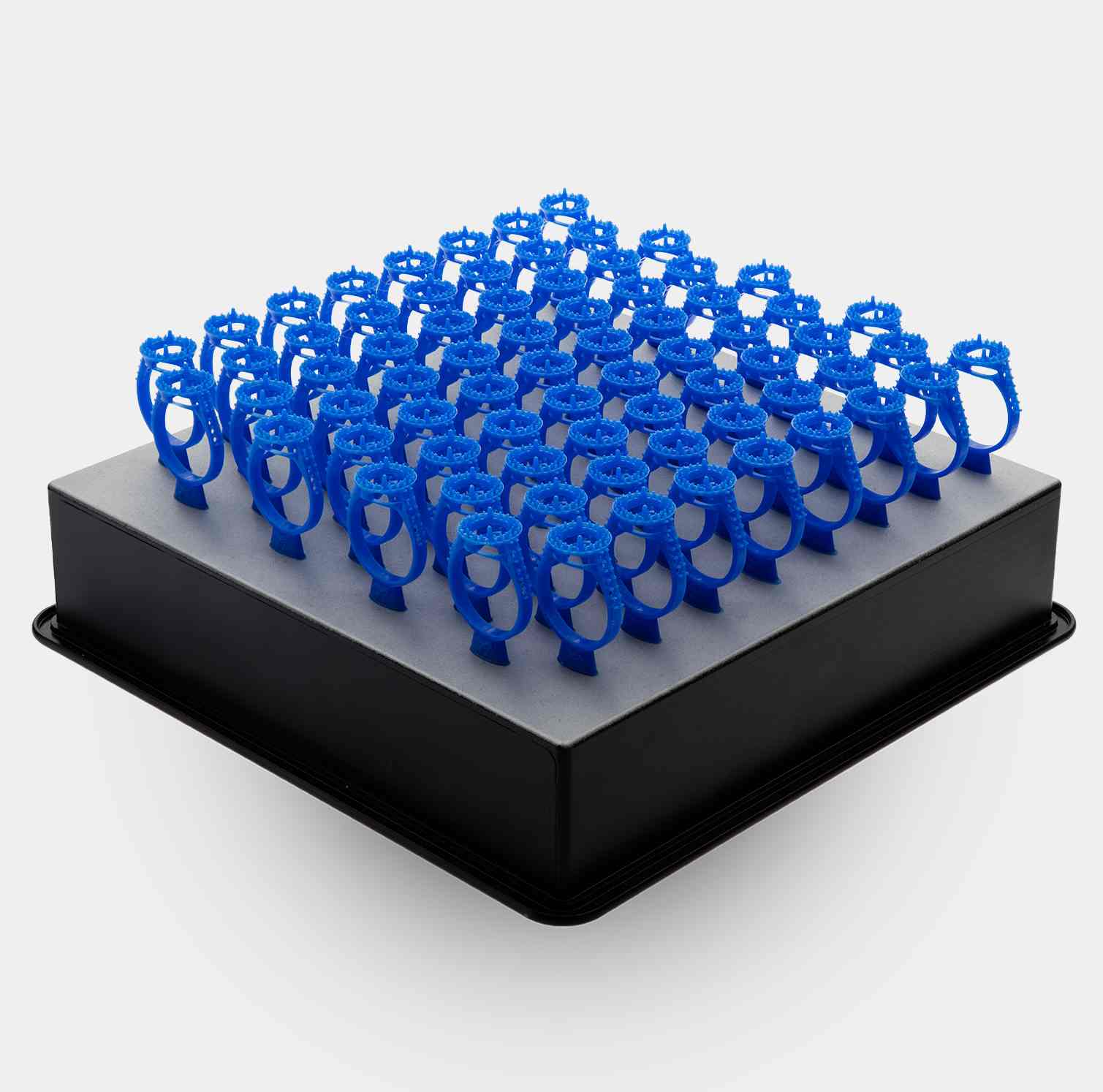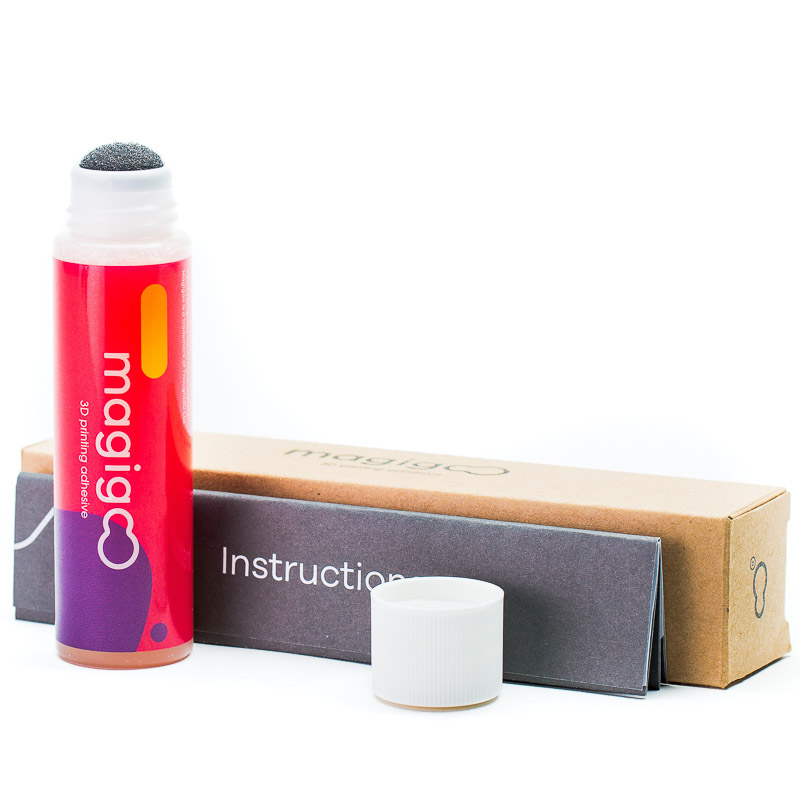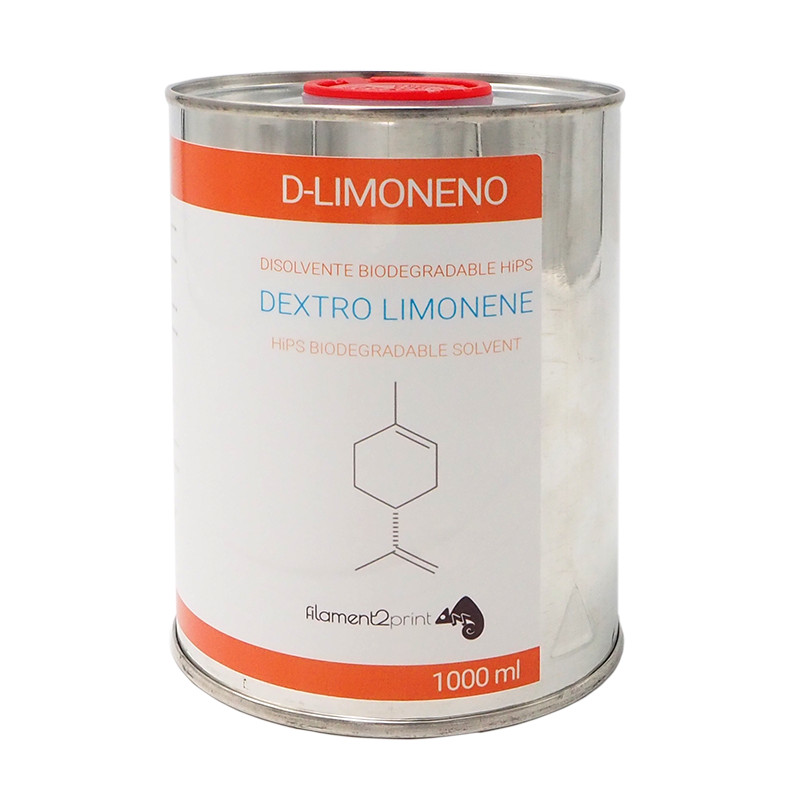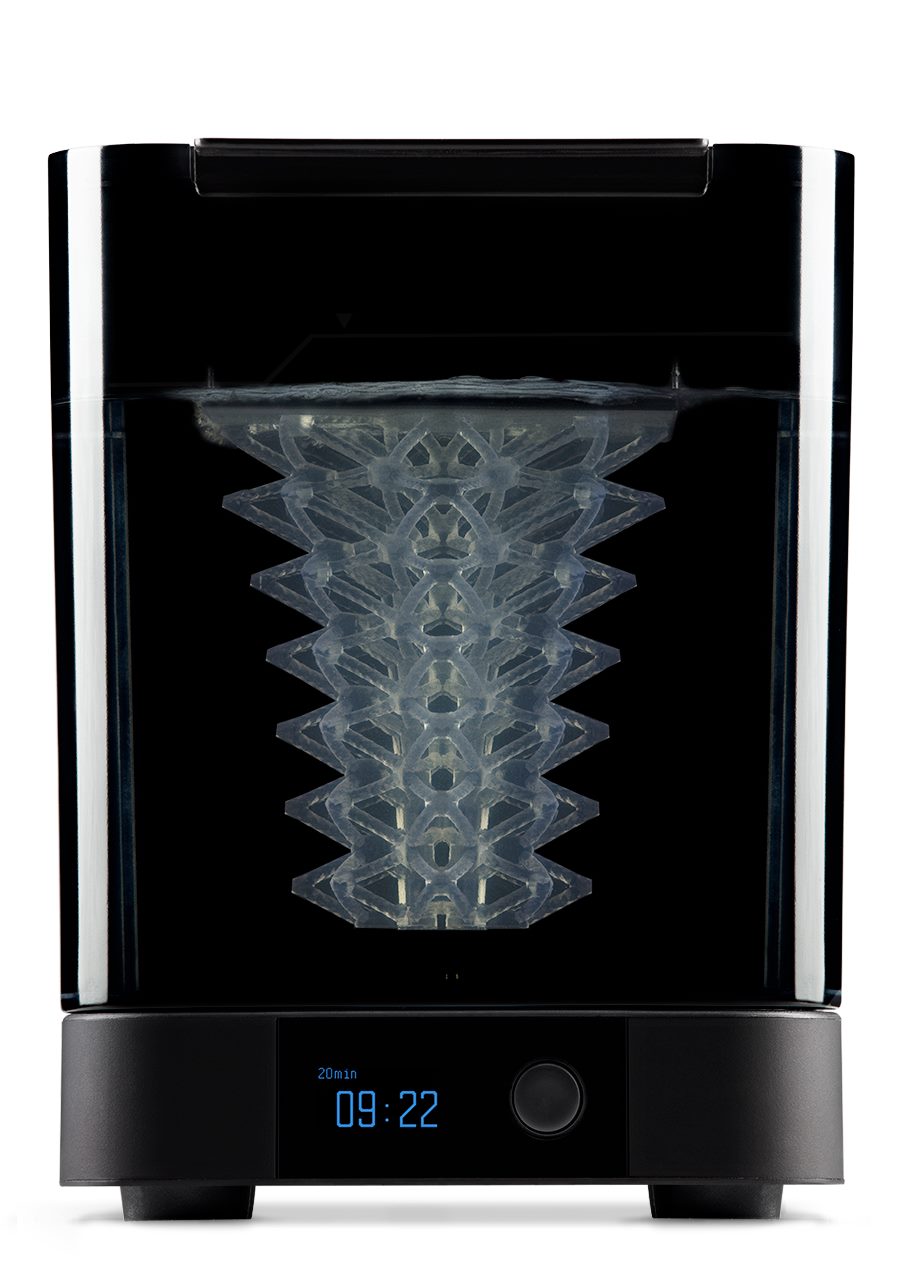
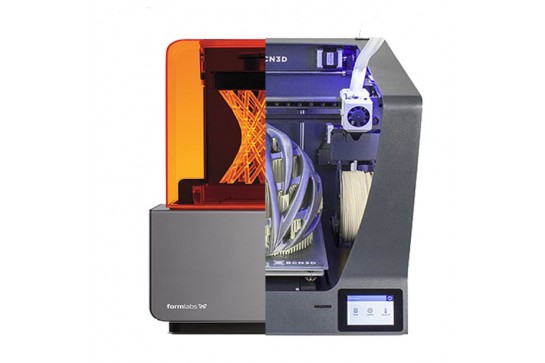
3D printing isn't a recent technology as it seems, if not existing for many years, since 1986 when Chuck Hull, founder of 3D Systems, records the first 3D printer. This was a 3D SLA printer (StereoLithoGraphy), which uses a resin that solidifies by photopolymerization when a laser beam hits it. Only two years later, Scott Crump, founder of Stratasys, brings to light the first 3D FDM printer (Fuse Desposition Modeling), which is currently the best known type of 3D printer in the social field.
The method of operation of both is similar; both types of 3D printing technologies manufacture the pieces layer by layer. The FDM deposits material throughout the area of the layer in which it is located, while the SLA solidifies the resin directly thanks to a laser beam.
Main differences between 3D FDM and SLA printers
Materials and colors
The most commonly used materials with FDM printers are PLA and ABS although it's increasingly common to use advanced materials such as PETG, Nylon and mixtures of materials such as PC-ABS or PLA with fibers. The variety of materials every day is more extensive, both in types of materials and colors.
Most FDM printers use standard coil models that are supplied by manufacturers with filament diameters of 1.75 mm or 2.85 mm. The diameter of the filament is decided by the manufacturer of the FDM printers according to the type of movement (Cartesian or delta) and the type of extruder.
Image 1: 1.75mm and 2.85mm filament
In SLA, the variety is much more limited in both types of materials and colors. The main manufacturer of resins (FormLabs) has the widest variety of materials (Standard Resin, Engineering Resin, Dental Resin and Castable Resin) and very currently has the Color Kit, a base resin with a set of dyes to get the color that the user wants.
Image 2: Color Kit. Source: Formlabs
Finishing precision
With FDM printers it's normal to get good finishes with layer heights of 0.1 mm but as long as the printed parts don't have parts with very complex shapes or small size. In these cases this type of technology is limited by the diameter of the nozzle to be able to realize the minimum thickness. When using supports of the same material as that of the piece, the surface finish is usually not uniform, requiring a post-processing in the contact area of the supports. One solution for this drawback is to use soluble support materials such as PVA or as HiPS.
Image 3: FDM great finish. Source: Fillamentum
In printers with SLA technology the printing precision is very high, even with complex shapes because the diameter of the laser that solidifies the resin is very small. For example, the Form 2 SLA printer can make pieces with layer heights of 0.025 mm, getting final and functional pieces directly. The accuracy is such that Form 2 is capable of making jewelery and dental application models in complete detail.
Image 4: SLA great finish. Source: FormLabs
Adherence / elimination of supports
Although there's a wide variety of types of materials for FDM printers, adhesion to the base is usually not a problem, especially since there are very effective products (Magigoo, PrintFix, DimaFix...) that help with adhesion. Even for materials very prone to warping, such as PP, there is already the Smart Stick that solves the problem without having to use PP sealing tape. The removal of any material from the base of an FDM printer is very simple, so much that the vast majority of times can be done by hand.
Image 5: Magigoo
For the supports in the FDM impressions it's usually used soluble materials (HiPS or PVA) which are very easy to remove. In the case of HiPS, it's diluted in D-Limoneno and the PVA in water. These materials are very practical, especially when you want to make objects with complex shapes or internal conduits, where manual post-processing isn't able to arrive.
Image 6: D-Limonene
In SLA printing technology, adhesion is never a problem, but more dedication is needed when removing parts from the printing base. These are usually so attached to the base that a special spatula is needed to take them off. To part, when finishing an impression the base is impregnated with resin, needing to invest some time in cleaning it.
In the case of SLA printers there is no printing with two different materials, which means having to remove the supports manually with pliers and even apply a post-processing to get rid of them completely.
Post-processed
After printing on an FDM printer, only the post-processing is necessary to remove the supports, as explained in the previous section. Materials such as ABS, Smartfil E.P. and many more can be sanded to obtain a better surface finish.
However, when you finish printing a part on an SLA printer, you must remove the surface layer of resin without solidifying it in an isopropyl alcohol bath or in a wash center such as Form Wash. Most resins can be sanded and painted once they are fully solidified.
Image 7: Form Wash. Source: FormLabs
Conclusion
In this case the application of each 3D printing technology is very clear; FDM printers are ideal for economical and fast prototypes, which do not need to have a great surface finish or exact precision in their measurements, although there are high precision and finished FDM printers.
FDM printers are also very useful to get direct functional pieces thanks to the wide variety of materials that exist. On the contrary, the SLA printers are recommended to use them for pieces or objects that require a great finish with exact measurements, of the level of final pieces, but with prototype purpose, which aren't subjected to stresses or stresses.
Currently, FormLabs and UniZ have developed 3D printers and resins that have revolutionized the market. Formlabs has the new Form 3 and Form 3L, two resin 3D printers with an LFS (Low Force Stereolithography) operating technology, which reduce the manufacturing time and the number of supports when making a piece. In the case of UniZ, it has the SLASH and zSLTV range, 3D printers with LED-LCD operation that allow really fast fabrications, up to 600 mm/h with really spectacular finishes. Finally, both manufacturers have technical resins that allow printing functional final pieces of high quality.




